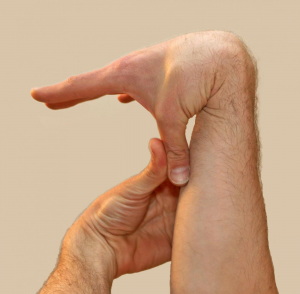What is Hypermobility?
Hypermobilty refers to excessive joint laxity, or a lack of integrity of the tissues that support the joint and prevent excess movement. This can be congenital or developed in individual joints following trauma or injury. It is more commonly seen in women and younger people. Many dancers and gymnasts have hypermobile joints.
While many hypermobile individuals will not have any problems – a lack of stability can lead to overload of the soft tissues surrounding the joint, strain on the already mobile ligaments, and overuse of surrounding muscles . Due to the joint laxity hypermobile individuals are prone to more injuries than the stiffer person.
A physiotherapist can assess and identify if someone has hypermobility. One simple test is The Beighton scale which can give an indication of how mobile an individuals joints are. One point is gained for each side of the body for the first 4 manoeuvres. The maximum score is 9 if all movements are positive. Try these tests and record your score
The Beighton Scale:
1) Can you bend the little finger backwards to more than 90 degrees?
2) Can your thumb reach your forearm?
3) Do your elbows hyperextend more than 10 degrees?
4) Do your knees hyperextend more than 10 degrees?
5) Can you place your hands flat on the floor without bending your knees?
Physiotherapists can help people with hypermobility decrease their pain and risk of injury through focused training of their deep stabilizing muscles of the spine, pelvis, shoulder and feet. Taping techniques can also be very helpful in offloading strained or overused tissues to provide immediate relief.

